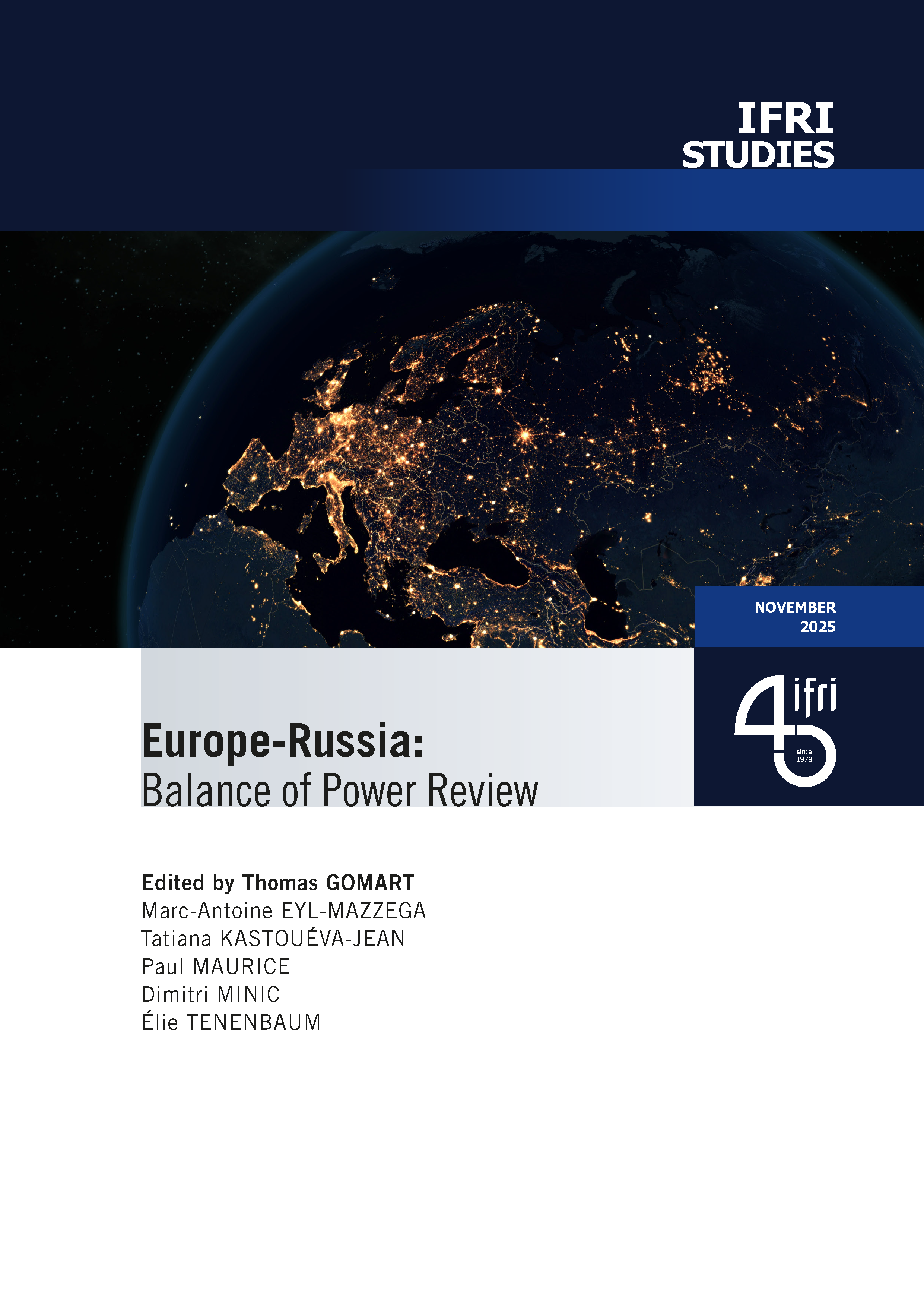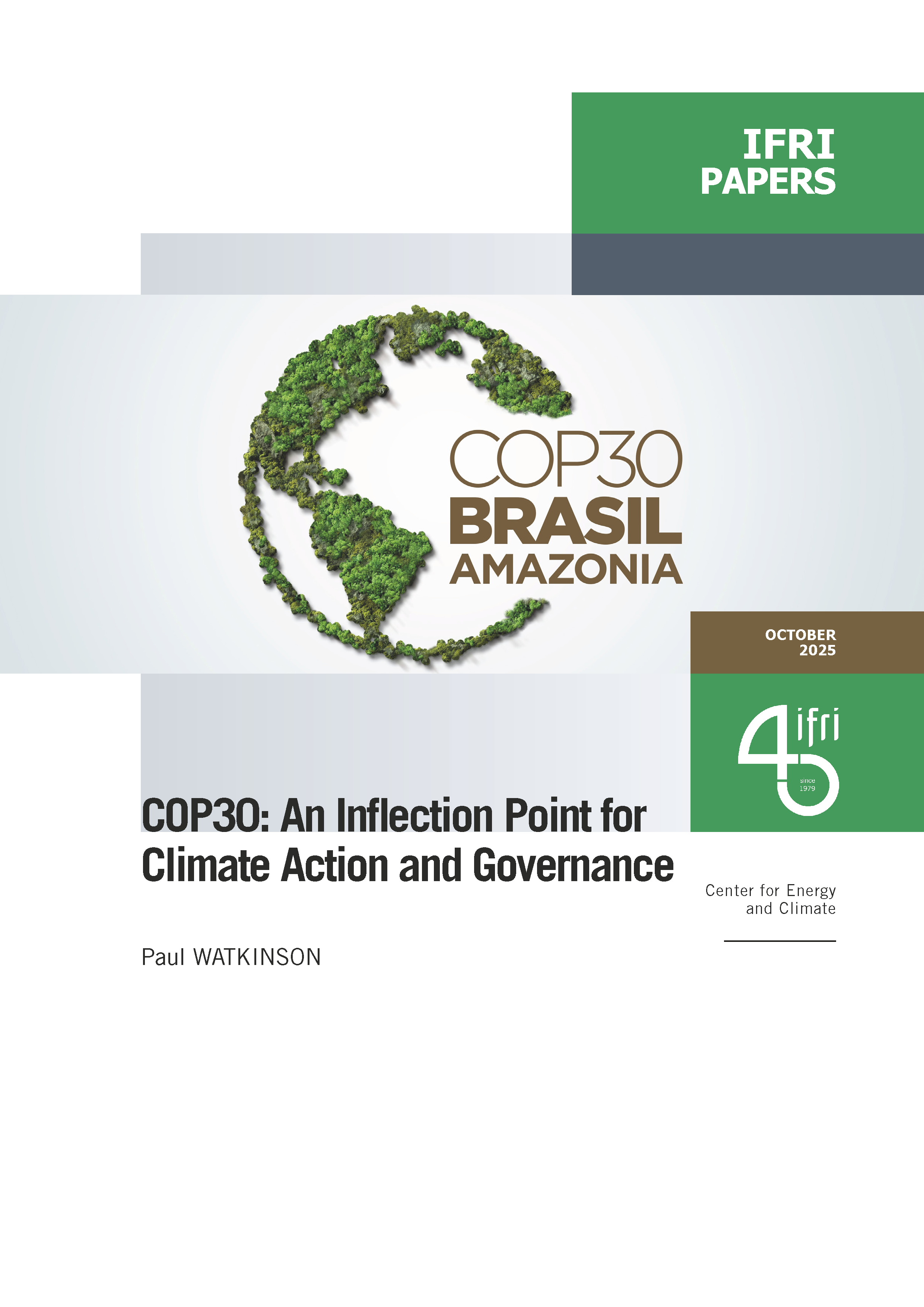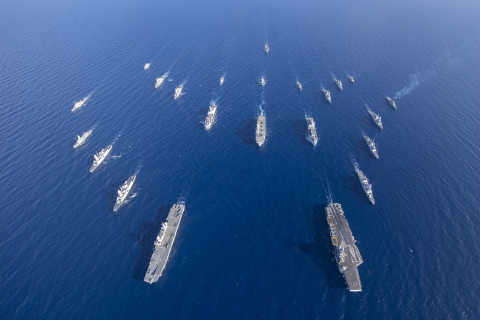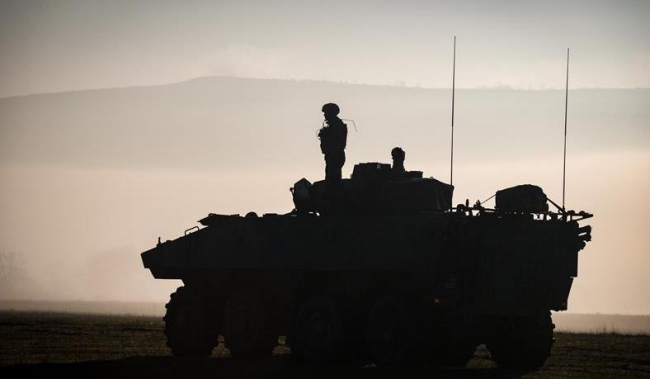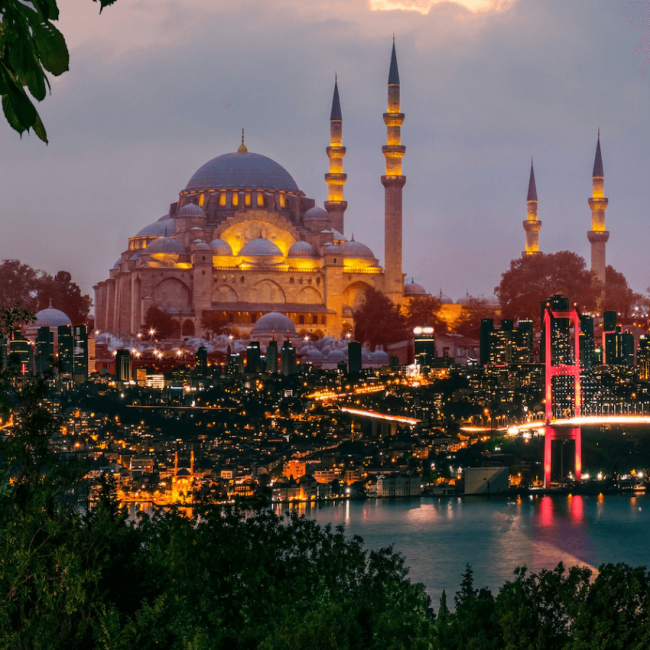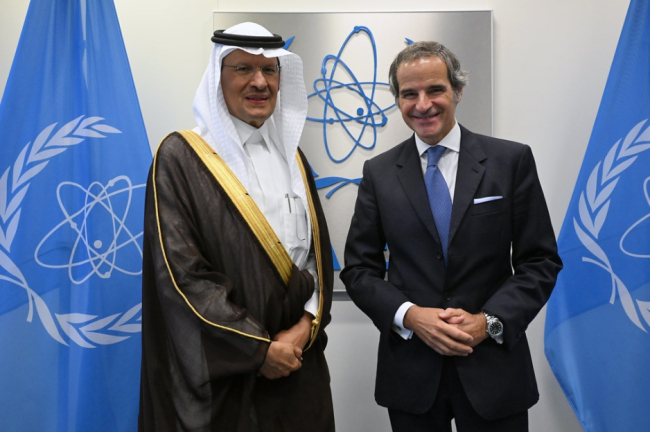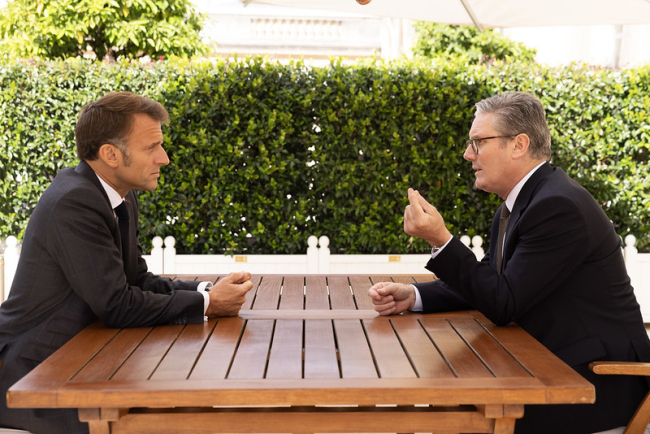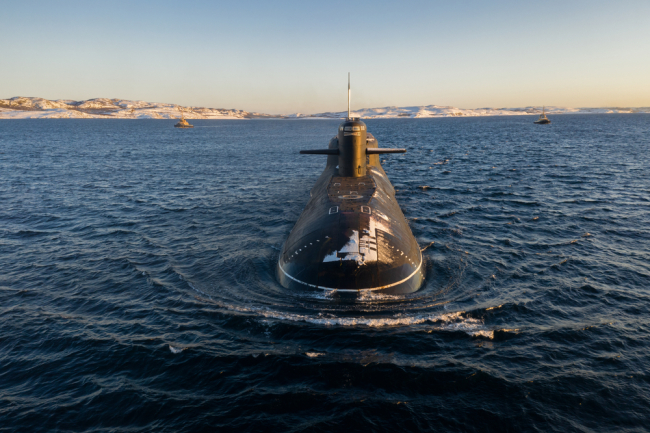The Evolving Role of Nuclear Rhetoric in Iran’s Strategic Calculus
How has the Iranian strategic discourse about nuclear weapons and deterrence evolved?

In April 2025, Ali Larijani, a trusted advisor to Iran’s Supreme Leader Ali Khamenei and former Secretary of the Supreme National Security Council, declared on Iranian State TV that Iran “was not moving towards nuclear weapons”, but warned that if Western powers acted irresponsibly on the issue, Iran “would be forced” to reconsider.1 This statement came in response to U.S. President Donald Trump’s threat to bomb Iran if negotiations over its nuclear program failed.
This direct reference to nuclear weapons by a senior Iranian official, marks a notable evolution in Iran’s official rhetoric regarding its nuclear program.2 While the leadership continues to describe its nuclear program as peaceful, an increasing number of public statements from politicians, think tankers, and military officers now hint at a shift toward deterrence-driven signaling.
This rhetorical evolution did not emerge in a vacuum. Although there were occasional statements between 2018 – the year the United States withdrew from the JCPOA – and 2023 (as explored in this memo), a significant uptick has occurred since early 2024. This coincides with the deterioration of the regional security environment because of the Gaza War, which included two direct Israeli attacks on Iranian territory, in April and October 2024.The “twelve-day war” in June 2025, marked by Israeli and American strikes on Iranian nuclear and military facilities, further reinforced this trend and underscored the failure of “conventional deterrence”.3
In parallel, rhetoric from the European signatories of the JCPOA – France, Germany and the UK – as well as from the United States (especially after Donald Trump’s return to power) has grown increasingly confrontational. Western diplomatic postures, in alignment with U.S. policy, have also hardened and may have contributed to Iran’s shifting threat perception, thereby increasing the risk of miscalculation.
This memo argues that Iran’s evolving nuclear rhetoric should not be dismissed as mere posturing. It reflects a deeper strategic recalibration in response to the erosion of its conventional deterrence, heightened regional insecurity, and the perceived failure of the international non-proliferation regime. The rhetorical shift is both a signal to adversaries and a form of performative deterrence that mirrors escalation observed elsewhere, notably in nuclear-armed states.
Read the whole memo on PRISME website.

Available in:
Themes and regions
Share
Related centers and programs
Discover our other research centers and programsFind out more
Discover all our analysesSaudi Arabia’s Nuclear Temptations. Lessons Learned from Regional Instability
Saudi Arabia’s integration in the international arena and regional stability, notably through reducing its dependence on fossil energies, are crucial elements for the success of the Kingdom’s Vision 2030, the Crown Prince’s top priority. However, Mohammed bin Salman’s declarations in 2018 and 2021, indicating that “if Iran develops a nuclear bomb, we will follow suit as soon as possible”, combined with the recent strikes on key Iranian nuclear facilities, do not bode well for the future of the Kingdom, the region and the non-proliferation regime at large.
How should Britain and France cooperate to realise the Northwood Declaration?
During his state visit to the United Kingdom (UK) last week, Emmanuel Macron, President of France, signed a joint declaration with Sir Keir Starmer, Prime Minister, on nuclear cooperation between Britain and France. The Northwood Declaration highlights that while both countries’ nuclear arsenals remain sovereign, cooperation on nuclear deterrence can ‘contribute significantly’ to the security of the North Atlantic Treaty Organisation (NATO) and the Euro-Atlantic region.
A Fragile Consensus? The Pressure on the Norm Against Nuclear Testing
Apart from North Korea, no state has conducted explosive nuclear tests in the 21st century, reflecting the emergence of a strong international norm against such testing.
Taking the Pulse: Can Europeans Build Their Independent Extended Nuclear Deterrent?
Confronted with a U.S. disengagement and the Russian threat, Europeans are reconsidering their stance on nuclear deterrence. Given the capabilities of the French and British arsenals, can Europe develop an independent nuclear deterrent?


